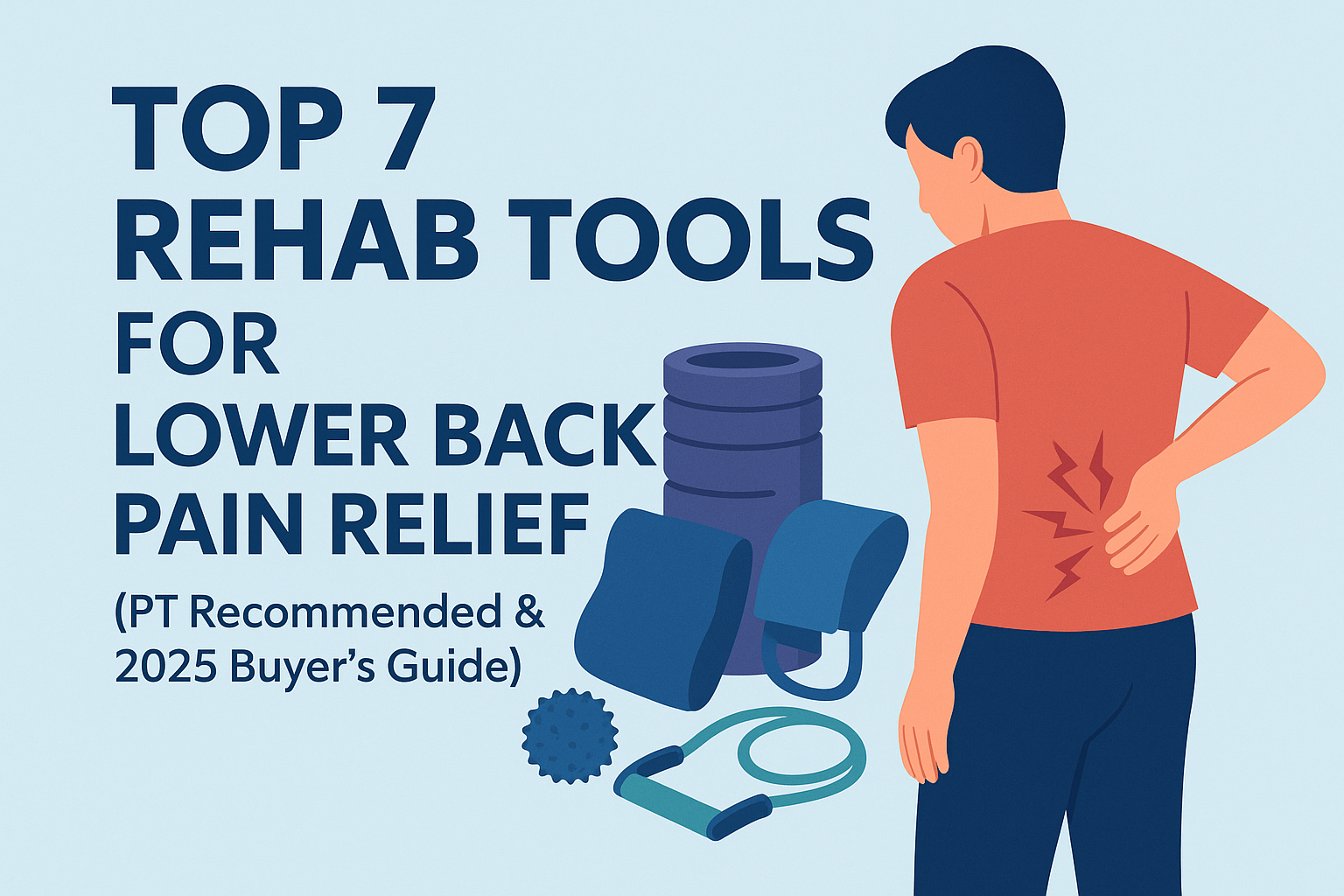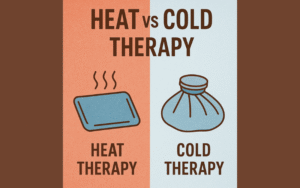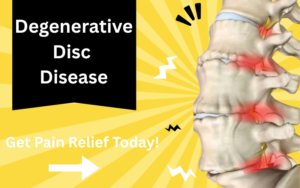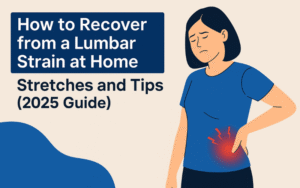Finding the right rehab tools for lower back pain relief can change your life. Whether your pain comes from sitting too long, an old injury, or just daily stress, using the right tools can help you heal faster and feel stronger. But with so many options out there, how do you know which ones actually work? In this post, we’ll break down the top 7 rehab tools that physical therapists recommend for 2025. Get ready to discover simple, effective ways to ease your pain and take back your day!
Table of Contents
🚨 Looking for more information about Lower Back Pain Relief? Check out our The Complete Guide to Managing Chronic Lower Back Pain at Home (2025) or other related posts throughout this site.
🏁 Why Rehab Tools Matter for Lower Back Pain
Lower back pain affects millions of people every year. Using targeted rehab tools can:
- Reduce muscle tightness
- Improve flexibility
- Build core strength
- Speed up healing
- Prevent future injuries
Physical therapists use these tools every day to help patients recover faster and stay pain-free.
🛠️ Top 7 Rehab Tools for Lower Back Pain Relief
1. ✴️ Foam Roller
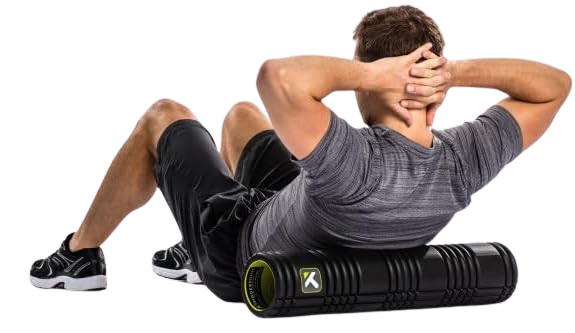
Why it works: Foam rolling helps release tight muscles and improve blood flow. It can ease tension in the lower back, hips, and hamstrings — all key areas that affect your spine.
🛒Click here to see it on Amazon ➜ TriggerPoint GRID Foam Roller
💡Pro Tip: Start slow. Focus on rolling your hips, glutes, and hamstrings, not directly on your lower spine.
2. 💪 Resistance Bands
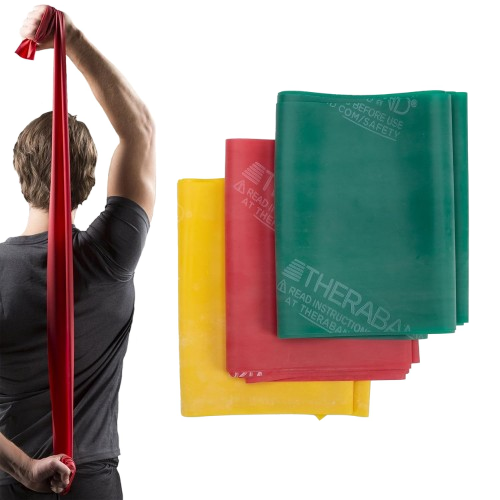
Why it works: Strengthening your core and lower back muscles is key to long-term relief. Resistance bands offer gentle strength training without heavy weights.
🛒Click here to see it on Amazon ➜ TheraBand Resistance Bands Set
💡Pro Tip: Try simple moves like bridges, bird dogs, and standing rows to build a stronger, more stable back.
3. 🟪 Lumbar Support Cushion
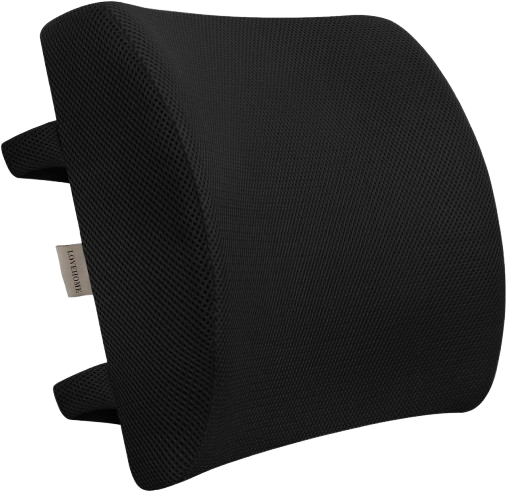
Why it works: Poor sitting posture is a major cause of back pain. A lumbar cushion supports the natural curve of your spine, reducing strain during long periods of sitting.
🛒Click here to see it on Amazon ➜ LoveHome Memory Foam Lumbar Support
💡Pro Tip: Use it at work, in the car, or even at home while relaxing.
4. ⚡ TENS Unit (Electric Muscle Stimulator)
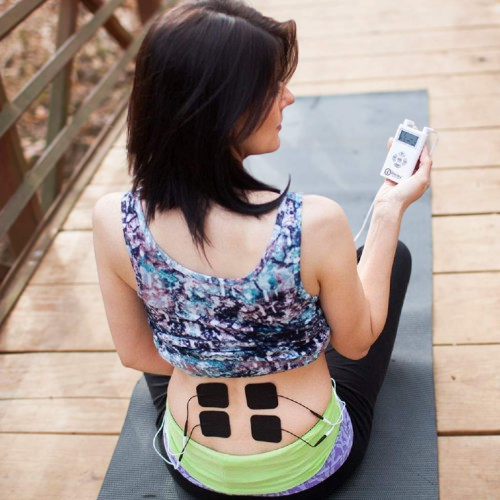
Why it works: A TENS unit sends small electrical pulses to your skin, helping block pain signals and reduce soreness.
🛒Click here to see it on Amazon ➜ iReliev TENS + EMS Machine
💡Pro Tip: Always start on the lowest setting. Follow the device’s guide to place the pads correctly for lower back pain.
5. 〰️ Stretching Strap
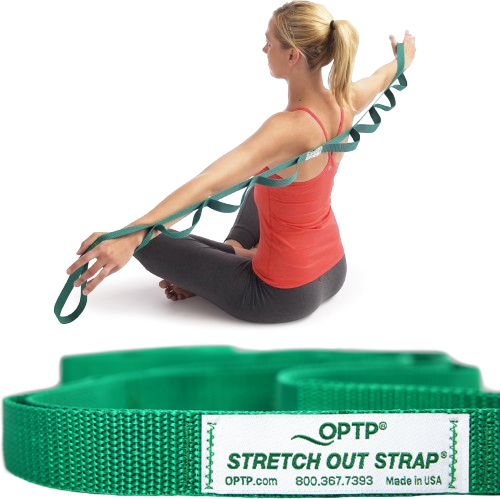
Why it works: Tight hamstrings and hips pull on your lower back. A stretching strap helps you stretch safely and deeply, even if you aren’t flexible.
🛒Click here to see it on Amazon ➜ OPTP Stretch Out Strap
Pro Tip: Focus on slow, gentle stretches. Hold each one for at least 20–30 seconds without bouncing.
6. ✅ Back Brace

Why it works: A back brace provides extra support during movement, helping reduce strain on sore muscles and improving posture during daily activities.
🛒Click here to see it on Amazon ➜ Sparthos Back Brace for Lower Back Pain
💡Pro Tip: Use a brace during activities that strain your back, like lifting or long periods of standing. Don’t rely on it all day — aim to strengthen your core too!
7. ┬─┬ Inversion Table
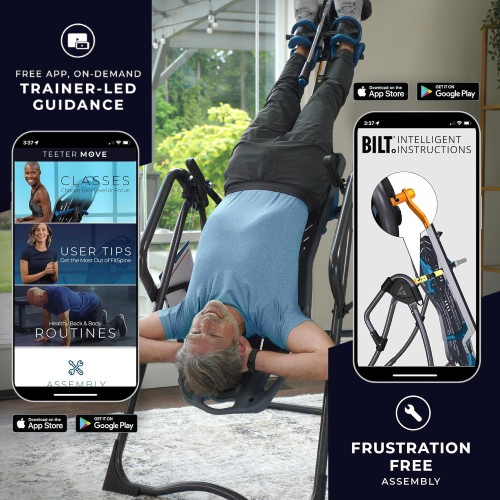
Why it works: Inversion therapy helps decompress the spine, taking pressure off discs and nerves. It can offer quick relief for people with chronic lower back pain.
🛒Click here to see it on Amazon ➜ Teeter FitSpine X3 Inversion Table
💡Pro Tip: Start with a slight inversion (20–30 degrees) for just a few minutes. Always check with your doctor first, especially if you have high blood pressure, glaucoma, or heart issues.
📊 Quick Comparison Table: Best Rehab Tools for Lower Back Pain Relief
| Rehab Tool | Main Benefit | Best For | Pro Tip |
|---|---|---|---|
| Foam Roller | Releases tight muscles, improves blood flow | Muscle tension, stiffness | Roll hips, glutes, and hamstrings — avoid rolling directly on the spine. |
| Resistance Bands | Strengthens core and lower back | Building stability, injury prevention | Start with light resistance for basic core exercises. |
| Lumbar Support Cushion | Improves posture while sitting | Office workers, drivers | Use daily at your desk or in the car for best results. |
| TENS Unit | Reduces pain signals to the brain | Chronic soreness, nerve pain | Use the lowest setting first and follow placement guides carefully. |
| Stretching Strap | Deepens hamstring and hip stretches | Tightness, limited flexibility | Stretch slowly, holding each stretch for at least 20–30 seconds. |
| Back Brace | Supports lower back during activities | Heavy lifting, extended standing | Wear during stressful activities, not all day, to build strength naturally. |
| Inversion Table | Decompresses spine, relieves pressure | Chronic back pain, disc issues | Start at a low angle; always consult a doctor before using. |
⚖️ How to Choose the Best Rehab Tools for Your Needs
When picking the best rehab tools for lower back pain relief, think about:
- Your pain level: Choose gentle tools if your pain is sharp or recent.
- Your goals: Want faster healing? Focus on foam rolling and stretching. Want to prevent future pain? Add strength tools like resistance bands.
- Ease of use: Tools that are easy to use daily will give you better results over time.
💡Pro Tip: Always talk to your doctor or physical therapist if you’re not sure which tool is right for you, especially if you have nerve pain or a serious injury.
❓ Frequently Asked Questions (FAQ)
1. What is the best rehab tool for lower back pain relief?
The best tool depends on your needs. For tight muscles, a foam roller is great. For building strength, resistance bands work best. If you need quick pain relief, a TENS unit can help.
2. Can I use rehab tools at home without a physical therapist?
Yes! Most rehab tools for lower back pain relief are designed for easy home use. Just be sure to follow instructions carefully and start slow to avoid injury.
3. How often should I use rehab tools for lower back pain?
It’s best to use your rehab tools 3–5 times per week for the best results. Stretch daily, strengthen a few times a week, and use tools like a foam roller or TENS unit as needed for pain relief.
🧠 Final Thoughts
Investing in the right rehab tools for lower back pain relief can help you feel better, move better, and live better. These seven PT-recommended picks for 2025 are simple, affordable, and proven to work. Start small, stay consistent, and you’ll be on your way to a stronger, pain-free back!
📢Ready to take the next step in your recovery?
Explore the tools above, choose the ones that match your phase of healing, and commit to using them regularly. Your future self will thank you.


